- Home
- Machining techniques
- CNC Machining Services
- Cooperative supply services
- Designs
- Materials
- Finishing Services
- Shop
- Products
- Guide
- About Us
- Contact Us
2022.12.31
The three jaw electric chuck is the standard workpiece clamping device for most lathe users. This chuck has enough universality and can be applied to a variety of turning processes. However, it is not the best fixture for all machining tasks. The spring chuck is a spare workpiece holding device, similar to the jaw chuck, which also uses mechanical force to fix the parts to be turned. Although the size range of the workpiece provided by the spring chuck is not as wide as that of the jaw chuck, the advantages it provides in terms of speed, accuracy and productivity may be extremely important for some processing tasks.
Several factors need to be considered when making a decision on which fixture is more effective. For a given lathe processing task, it is necessary to consider all the following factors when deciding whether to select spring chuck or jaw chuck.
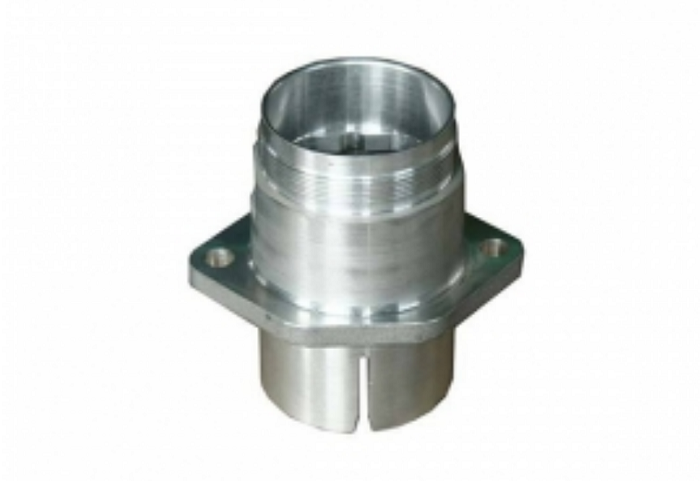
Main shaft load capacity
The maximum allowable weight of the lathe spindle is based on the bearing load capacity. If the combined weight of the chuck and the workpiece is too large, the bearing may be overloaded. For those processing tasks with risks beyond the limit, this risk may determine people’s choice of work-piece clamps. Jaw chucks often weigh more than the equivalent spring chucks. Therefore, spring chucks are the appropriate choice when weight control is required.
Spindle speed
Spring chuck is often a good choice for turning at a very high spindle speed for two reasons:
One reason is related to the quality of the chuck. Assuming that the jaw chuck and spring chuck are driven with the same main shaft horsepower, the thicker jaw chuck takes longer to accelerate to the required speed, and the longer the acceleration time will extend the working cycle and reduce the productivity.
Another reason is related to centrifugal force, because it increases with the square value of rpm, so this value is important in high-speed cutting. For example, if you double the spindle speed, the centrifugal force will be four times the original. This force pulls the chuck jaws away from the center, often reducing the clamping force. However, the centrifugal force will not cause obvious influence if spring collet is used. Therefore, the clamping force will be more stable in the whole processing speed range.
Machining operation
The spring collet exerts clamping force on the whole circumference of the part, rather than only on the selected contact area, so good concentricity can be obtained. This is especially important for the secondary processing project. The secondary processing needs to consider the accuracy related to the primary processing, because the spring collet has strong accurate clamping capacity. Even when the jaw chuck is used for the primary processing, the spring collet can also be used for the secondary processing. The chuck with hollow soft jaws can reach the repeat accuracy of TIR (total reading) within the range of 0.0006 to 0.0012 inch, while the typical repeat accuracy of spring chuck is 0.0005 inch TIR or better. In order to further improve the secondary processing accuracy, the concentricity of spring chuck can also be adjusted during installation.
Workpiece size
The spring chuck is very suitable for workpieces with a diameter of less than 3 inches. The spring chuck limits the length of the workpiece. In particular, the spring chuck limits the axial (Z-axis) travel range of the machine tool, because its length is longer than the jaw chuck. When the machining length of the workpiece almost needs to use the whole available stroke of the machine tool, the jaw chuck will probably be used.
Processing batch size
Spring collets are suitable for large and small batch processing tasks.
In the case of small batch and multi task processing, the advantage of spring collet is related to the product conversion time. It takes about 15 to 20 minutes to replace the jaws of a standard jaw chuck, 1 minute for a jaw chuck specially used for rapid replacement, and only 15 to 20 seconds for a collet with rapid replacement of spring collet. When the product changes frequently, the time saved is considerable.
When the processing batch is large, the saved time related to clamping can be accumulated as well. The opening and closing time of the spring chuck is less than that of the jaw chuck. The processing cycle time can be reduced by reducing the non cutting time from one workpiece to the next.
Workpiece size range
Part of the reason for the faster opening and closing of the spring chuck is that its driving stroke is shorter, and compared with the jaw chuck, the spring chuck is applicable to a more limited range of workpiece sizes.
Secondary spindle condition
Turning machines equipped with secondary spindles are often used for a variety of mass processing. In these applications, spring collets can significantly save processing time. They can process all surfaces of parts in one working cycle. These machines are often combined with bar feeders to realize unattended production and continuous workpiece processing. In these applications, for a workpiece, the saved chuck driving time may be small, but in the whole production process, the time saved for each workpiece is multiplied by the number of machined workpieces, and the accumulated time saved is considerable.
Chuck tool library
It is also important to consider the third option when one chooses the most suitable workpiece holding device between the jaw chuck and the spring chuck. It may be the most cost-effective option to retain two types of fixtures and change from one to the other, if permitted. Change from jaw chuck to spring chuck, or vice versa, usually within 20 minutes. The jaw chuck can be retained on the machine to deal with the uncertainty of the part range. However, when the machine tool is used to process a large number of workpieces or several batches of parts with the same size, the productivity increase obtained by using the spring chuck greatly exceeds the productivity loss caused by the time it takes to replace the fixture.
In fact, the speed of the spring chuck is elastic. If the size of the workpiece is consistent, the speed of the spring chuck will be faster. If the size of the workpiece changes greatly, it may be necessary to use jaw chuck to adapt to the machining workpiece with a wide size range.
Material type
For hot rolled steel, forgings, and molded parts, standard jaw chucks tend to work better because all such parts have inherent diameter variations. On the other hand, cold rolled material parts often have good dimensional consistency, so spring chuck is suitable for selection. However, the lack of consistent diameter measurements does not necessarily constitute an obstacle to the use of spring collets, and collets designed for non-circular cross-sections can be provided to hold molded bars in the shape required by the customer.
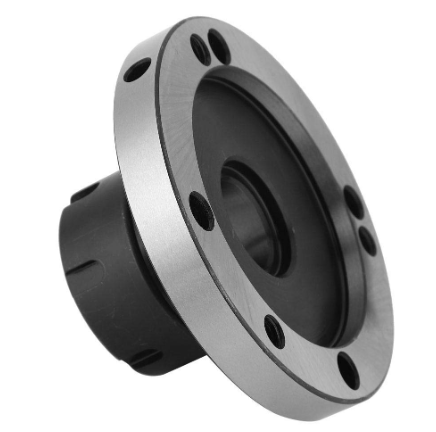 What Is a Collet Chuck | Collet Chuck vs 3 Jaw Chuck, What’s the Difference
What Is a Collet Chuck | Collet Chuck vs 3 Jaw Chuck, What’s the Difference
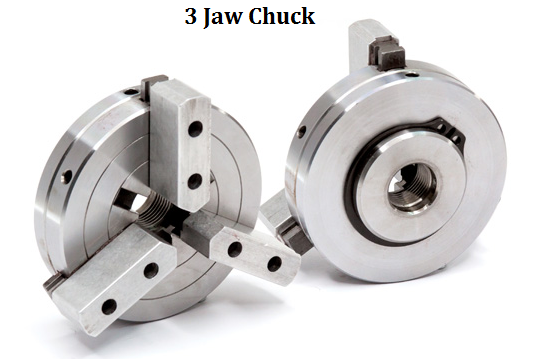 What is Three Jaw Chuck & How Does It Work | Lathe Chuck Types | CNCLATHING
What is Three Jaw Chuck & How Does It Work | Lathe Chuck Types | CNCLATHING
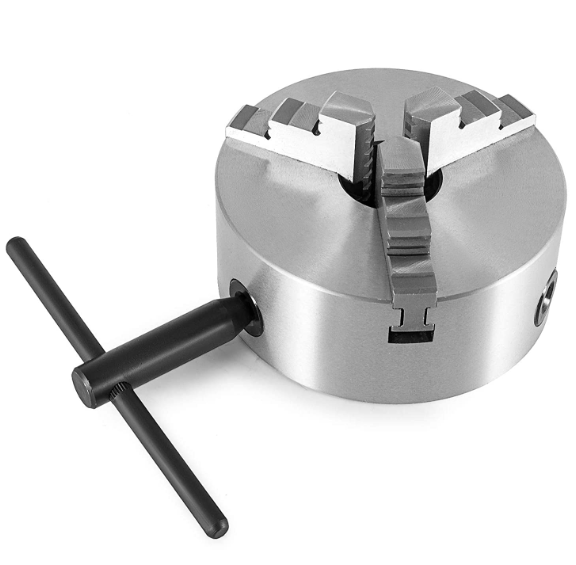 Guide to CNC Chuck: Definition, Working Principle, Parts, Types and CNC vs Manual Chuck
Guide to CNC Chuck: Definition, Working Principle, Parts, Types and CNC vs Manual Chuck
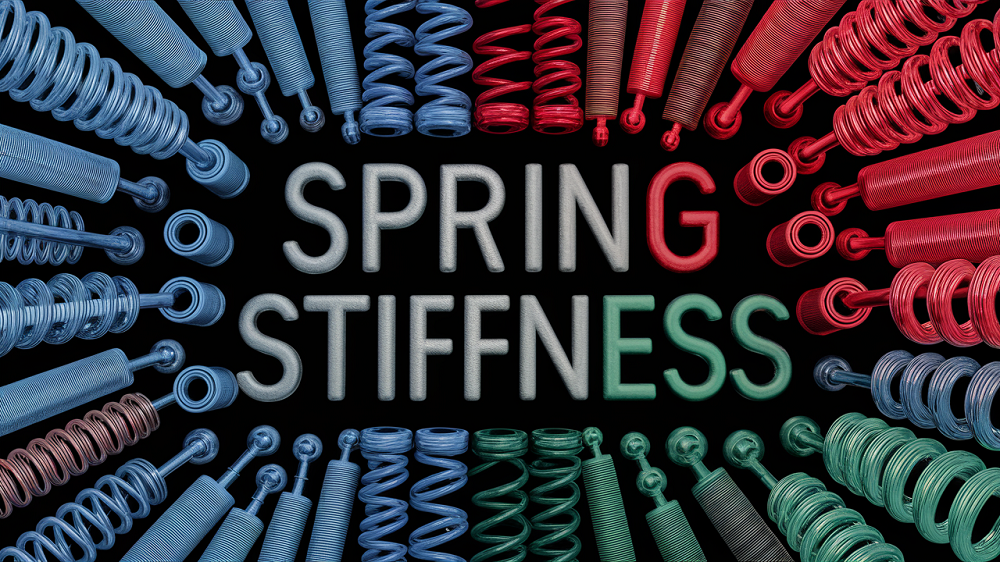 Spring Stiffness Formula & Constant Calculation
Spring Stiffness Formula & Constant Calculation
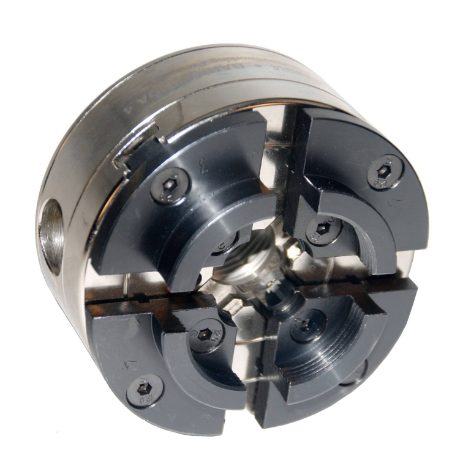 How To Install & Remove Lathe Chuck – Step By Step Guide For Lathe Chuck Installation & Removal
How To Install & Remove Lathe Chuck – Step By Step Guide For Lathe Chuck Installation & Removal
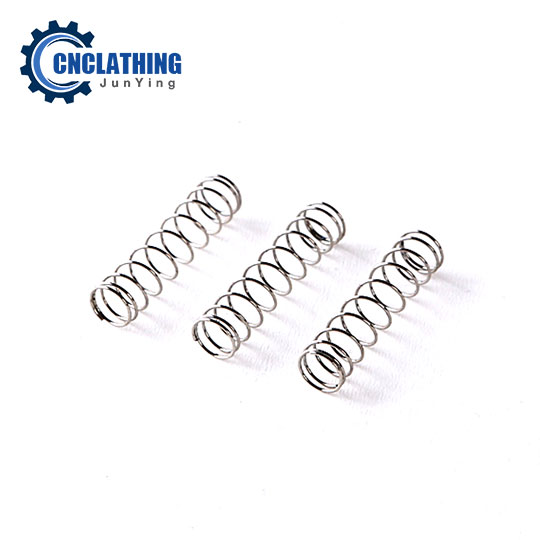 Types of Springs & How Springs Are Made – The Basics of Spring | CNCLATHING
Types of Springs & How Springs Are Made – The Basics of Spring | CNCLATHING
